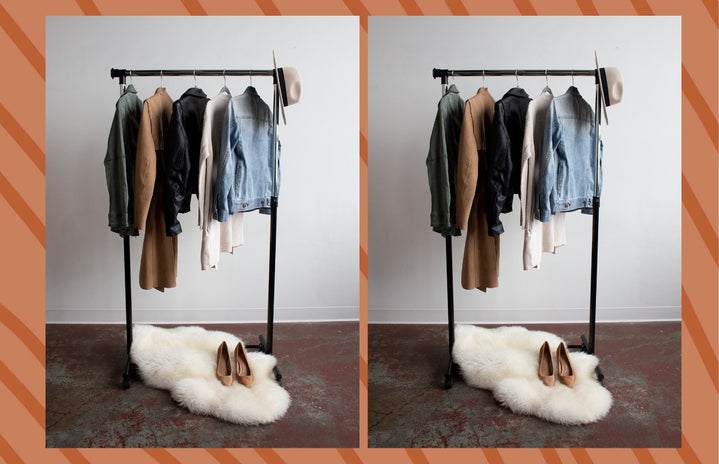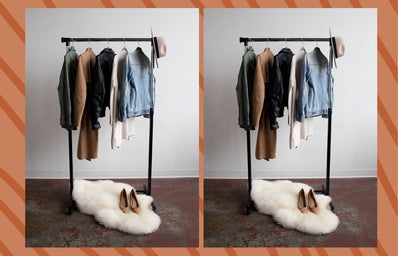I have recently started to love Zara so I decided to take a look at the supply and manufacturing chain for Zara through SCM Globe, an online supply chain design and simulation. From everything I have heard about Zara I expected their clothes to only come from a factory far away from where the company first started in Spain. I was expecting to see the typical factory hotspots like China or Bangladesh, but most of the manufacturing factories are still located in northwestern Spain.
Their global distribution center is called “The Cube” and it is the manufacturing center for the company. There is also another facility located in Zaragoza that is used as the main logistics and distribution hub. The Cube is 5 million square feet and has all of the raw materials pass through it through a highly automated system. These materials pass through to the 11 monorail linked factories that are all underground within 10 miles of the main center. The Cube then also sends out the finished products to stores once it comes back to the center from the outside factories.
Zara only does 50 to 60 percent of their manufacturing in advance so they are still able to keep up with fast fashion, but do not have the higher risks associated with doing 80 to 90 percent like some competitors do. They do the garment cutting, dyeing, and design all in house. They do this by purchasing large quantities of only four to five types of fabric so that the fabric manufacturer can deliver them quickly to the hub.
Although The Cube is highly automated there are about 3,000 workers in manufacturing positions making an average of 8 euros per hour. Even though about 50% of all of Zara’s items are manufactured in Spain, they do have other facilities in Europe (26%) and Asia and Africa (24%). The pieces being made by these facilities make their way into stores around the world by truck and plane where stores get deliveries twice a week and can place orders for more depending on customer demand. Zara has been perfecting this efficient, fast paced supply chain for more than 30 years which is why they seem to have it down to a science.
Source: Chettupalli, S. P. (2016). Zara Clothing Company Supply Chain. Retrieved September 12, 2017, from http://blog.scmglobe.com/?page_id=1513



